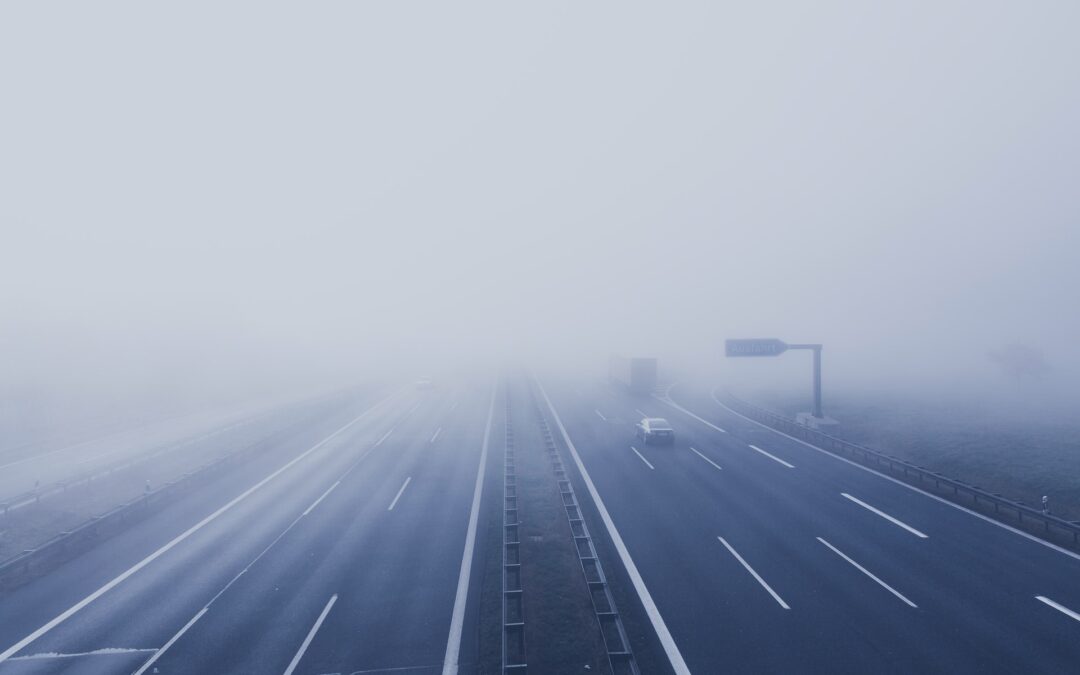This content has been archived. It may no longer be relevant
Driving in the rain and snow can be stressful, especially if you’re not prepared. But with a little bit of preparation and safe driving habits, you can keep yourself and your passengers safe when it rains.
Slow down and use your headlights in the rain.
- Slow down. It’s a good idea to slow down when it rains, because water can make the road slippery and cause your tires to lose traction.
- Use headlights in the rain. When it rains heavily at night or early in the morning, turn on your headlights so other drivers can see you better–even if there are streetlights or headlights from other vehicles present (like cars parked along the side of the road). This is especially important if there’s foggy weather too!
Put your windshield wipers on high speed and turn on your low-beam headlights.
When it’s raining, the most important thing you can do to stay safe is to keep your windshield wipers on high speed. If you don’t have them on high speed, they won’t be able to clear your windshield in time for you to see what’s ahead of you on the road.
It’s also important to turn on low beam headlights so that other drivers can see you coming from a distance and get out of their way if necessary.
Don’t try to drive fast.
You are going to want to slow down. Rainy conditions make it harder for you to see and react, so driving at a slower speed is safer. If possible, avoid using cruise control when it’s raining since this can cause your car to accelerate without you realizing it–which can lead to dangerous situations on slippery roads.
If you have any doubts about whether or not you should be going faster than 30 mph, then go slower! You’ll be able to see more clearly if there are any hazards ahead of time (like puddles) and will be less likely to lose control of your vehicle if one of those hazards suddenly appears in front of you without warning
Do not drive through standing water! Deep puddles can be like quicksand and cause your car to hydroplane
The first thing you should know is that hydroplaning is a very real danger. It’s when your tires lose contact with the road and float on a layer of water, which can happen at speeds as low as 30 miles per hour (mph). This can be especially dangerous if you’re driving in wet conditions and there are high crowns in the road–that means areas where it looks like there’s a dip in the pavement but actually isn’t one.
Hydroplaning is more likely on roads with high crowns because they create deeper pools of standing water when it rains, making it harder for your tires to grip them. The best way to avoid this problem? Avoid driving through standing water altogether!
Watch for water on the road that could hide potholes, debris or other obstructions in the road.
You may not always be able to see water on the road, especially if it’s raining heavily. Water causes your car to hydroplane and can hide potholes, debris or other obstructions in the road. If you are driving in heavy rain and cannot see where you are going because of foggy windows, slow down until your visibility improves.
If you drive in the rain, use windshield wipers and defroster. Drive with your headlights on to help you see better, as well. If it’s raining heavily, slow down and make sure there is adequate distance between you and other vehicles on the road so that you have time to react if something happens ahead of you.
In conclusion, we can see that driving in the rain is not as dangerous as it seems. You just need to be careful and drive slowly. In fact, you should always drive slowly in bad weather conditions because your reaction time will be slower than usual due to poor visibility or slippery surfaces.




